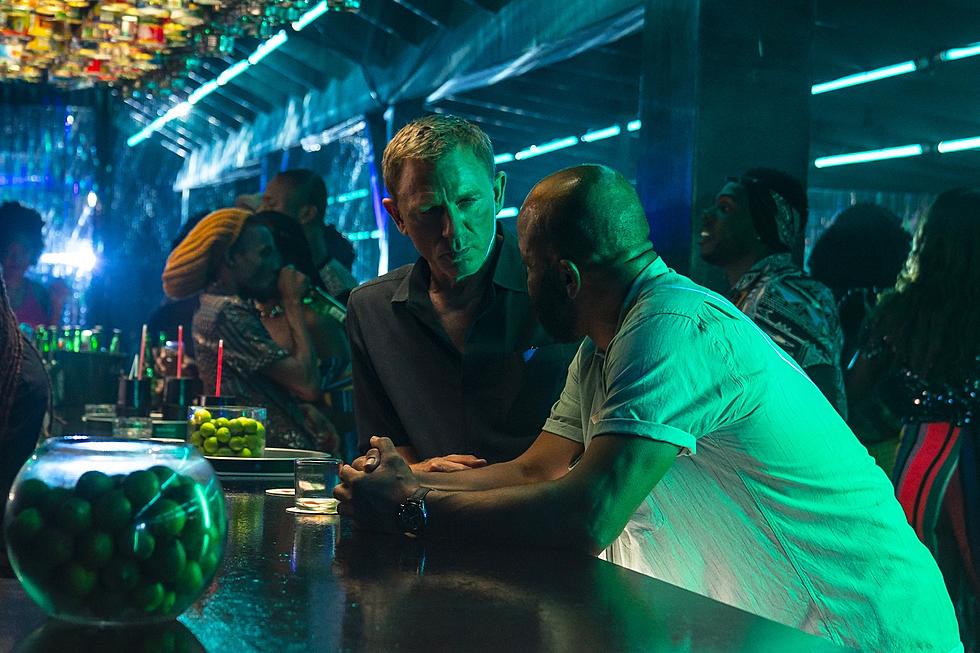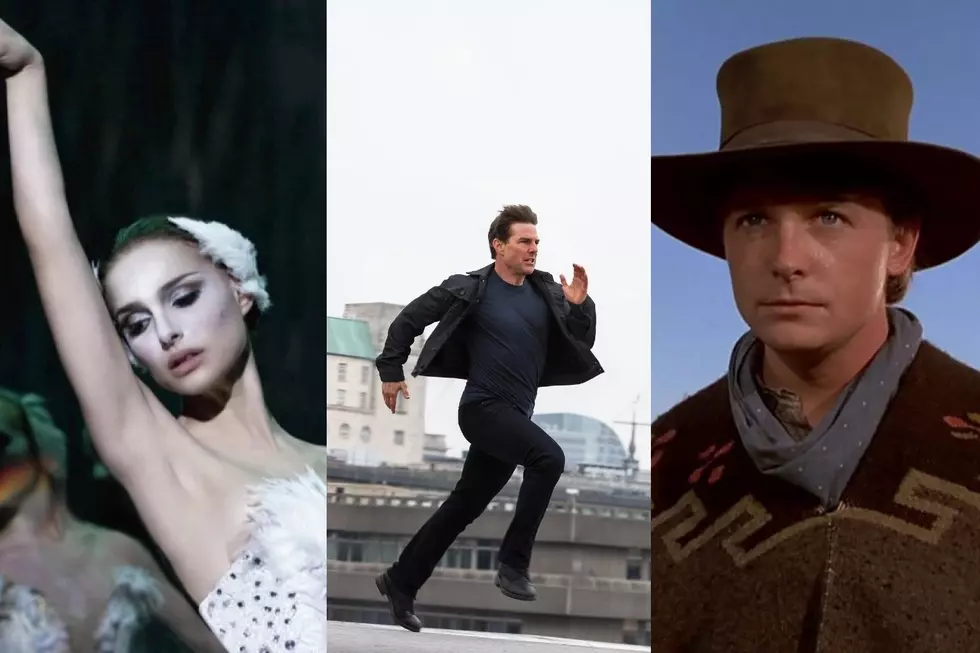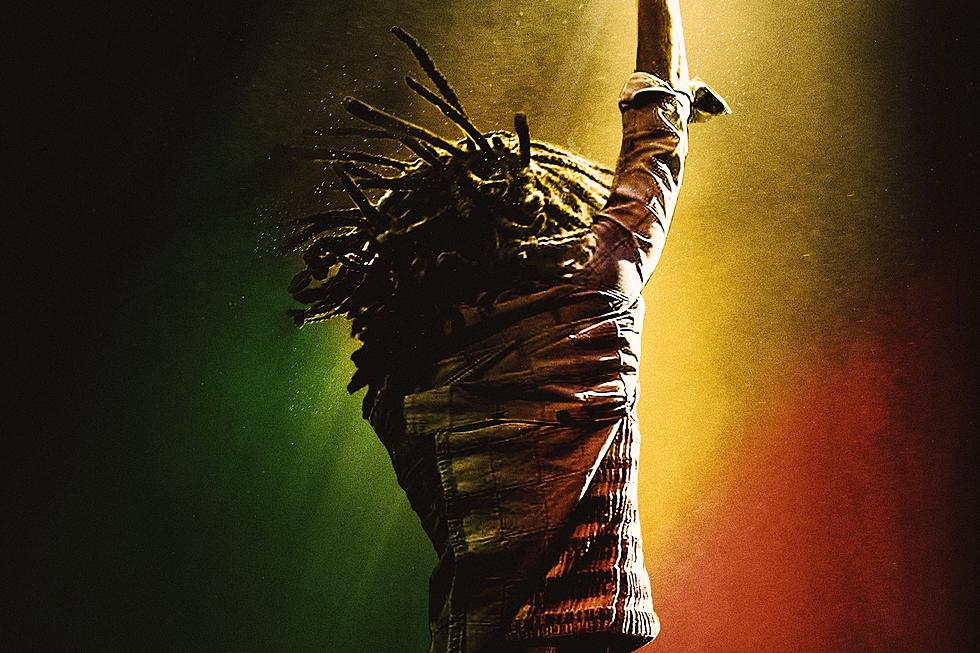
‘No Time to Die’ Review: Some Bonds Can Be Broken
All James Bond films begin with a cold open, but No Time to Die’s is colder than most. In a house on the edge of a frozen lake, a mysterious man wearing a parka jacket and a chalk-white mask pursues a young girl. What follows — a flurry of violence and vendettas — sets the tone for the rest of the film to follow, which brings Daniel Craig’s 15-year run as Ian Fleming’s most famous creation to a close.
Before Craig’s time, Bond adventures were standalone efforts. James Bond entered each movie as a fully formed, brutally efficient spy and exited them exactly the same. You could start watching the franchise with almost any movie, and then proceed in any order you liked. The clothes, gadgets, and villains evolved with the times. Different actors brought different shades to the man, but Bond himself remained essentially unaltered for decades: Unflappable, fearless, suave, and relentlessly promiscuous.
Craig’s run has changed all of that. 2006’s Casino Royale introduced a young, vulnerable, heartsick Bond at the start of his career as a “00” agent in Her Majesty’s Secret Service. This Bond loved and lost and loved again, and tackled an ever-expanding web of enemies. In 2015’s Spectre, he learned all of his deadliest opponents had been working for the same previously unseen super-villain Ernst Stavro Blofeld, in the everything-is-connected fashion of modern blockbuster cinema.
No Time to Die exists as a microcosm of Craig’s entire tenure as Bond. There are thrilling action scenes, incredible stunts, gorgeous locations, and luminous movie stars in impossibly chic costumes. There are also too many characters, a generic villain, a threadbare plot, and a long stretch in the middle where the characters sit around and trade mannered dialogue about life, time, and regret. Parts recall the muscular intensity of Craig’s debut, Casino Royale. Others evoke painful memories (and specific story threads) from the bloated, digressive Spectre.
It makes sense that Bond doesn’t appear in No Time to Die’s cold open: When last we saw him, he was retired from espionage work. At the end of Spectre, 007 drove off into the metaphorical sunset with his new love, Madeleine Swann (Lea Seydoux). No Time to Die finds Bond and Madeleine still together, still in love, but struggling with their mutually secretive pasts. Before they can fully unburden themselves to each other, Spectre agents show up to ruin their happily ever after. That sends Bond off on a new caper involving multiple terrorist groups, the return of Bond’s arch-foe Blofeld (Christoph Waltz), a new super-villain with the self-selecting bad guy name Lyutsifer Safin (Rami Malek), and a deadly virus that could destroy the world if it falls into the wrong hands.
The notion of Bond saving the planet from a killer bug is beyond ironic given No Time to Die’s release after an 18 month delay caused by a global pandemic. Forget about the whole world; can Bond at least save movie theaters? Only time will tell, but those who make their way to the multiplex for No Time to Die will at least be treated to plenty of eye-popping spectacle. Bond’s opening battle with Spectre — including a leap and swing from a bridge that would impress Spider-Man — is outstanding, and a fire fight in Cuba aided by a CIA agent named Paloma (Ana de Armas) is even better.
De Armas is only in the film briefly; her role is just about the only thing that’s brief about No Time to Die, which clocks in at a punishing 163 minutes. The pace slows to a crawl in the second hour and it never really recovers. A lot of that second half is devoted to introducing new twists to the classic James Bond formula. They’re good for a little surprise, but the film avoids actually reckoning with any of the emotional fallout of these shocking moments. (I’m trying to tread lightly around some major spoilers here.) Mostly the stuff added in the final half feels like a desperate attempt to inject stakes into a story that’s otherwise lacking in that department. (The script was written by Bond mainstays Neal Purvis and Robert Wade, plus director Cary Joji Fukunaga and Fleabag creator and star Phoebe Waller-Bridge.)
The main issue is Rami Malek’s Safan, who is amongst the blandest and most perfunctory of all Bond bad guys. Before he even appears onscreen, the script provides Safan a short-term motivation that he achieves within the first hour or so of the film. Then once that’s done with, he just keeps right on being evil for no other reason than he’s No Time to Die’s Bond villain, and that’s what Bond villains do. (Other favorite activities of Bond villains: Dressing in outlandish robes, talking in a silly accent, and hanging out on deserted island fortresses surrounded by a private army of uniformed goons — all of which Malek ticks off over the course of the movie, as if he’s working from a checklist.)
Good, bad, or ugly, every Bond movie is a pretty good pop culture snapshot of the time in which it was made. Moonraker captures the late ’70s sci-fi boom sparked by Star Wars; Licence to Kill fused the typical Bond tropes with the late ’80s’ obsession with the war on drugs. Which makes you wonder what people of the future will see when they look back on the Craig era of Bond. I suspect they’ll note their fixation on mythologies and world-building, with 007 going on 15-year hero’s journey from innocence to maturity while uncovering a massive conspiracy in the criminal underworld. They may also observe that Craig’s Bond was more serious and moody than most of his predecessors, and far less prone to shagging his female co-stars. (And in No Time to Die, Craig seems even more serious and moody than normal.)
It’s also possible that future audiences will observe that this particular version of Bond, like a lot of franchises of this period, went on way too long. Craig’s Skyfall was the perfect end to his 007’s story — or rather, the perfect way to transition from a younger, less experienced Bond to a version that resembled the iconic interpretation of the character; the debonair secret agent who works for a grumpy boss and flirts with his beautiful assistant, and saves the world with gadgets provided by a quirky quartermaster. But then Craig’s Bond continued, first with Spectre and now No Time to Die, which kept revealing one superfluous backstory after another.
That’s another cinematic trend that viewers of the future may note: The way a lot of big blockbusters these days try to be not only glossy entertainments but “serious” motion pictures, ones that balance epic action with weightier themes and grim protagonists who speak to the cultural zeitgeist in some way. Personally, I’m getting a little tired of escapist entertainments that confuse being dour with being important. If you ask me, it may be time for that particular style of Hollywood movie to die.
RATING: 6/10
Every James Bond Movie, Ranked From Worst to Best
More From 104-5 KDAT










